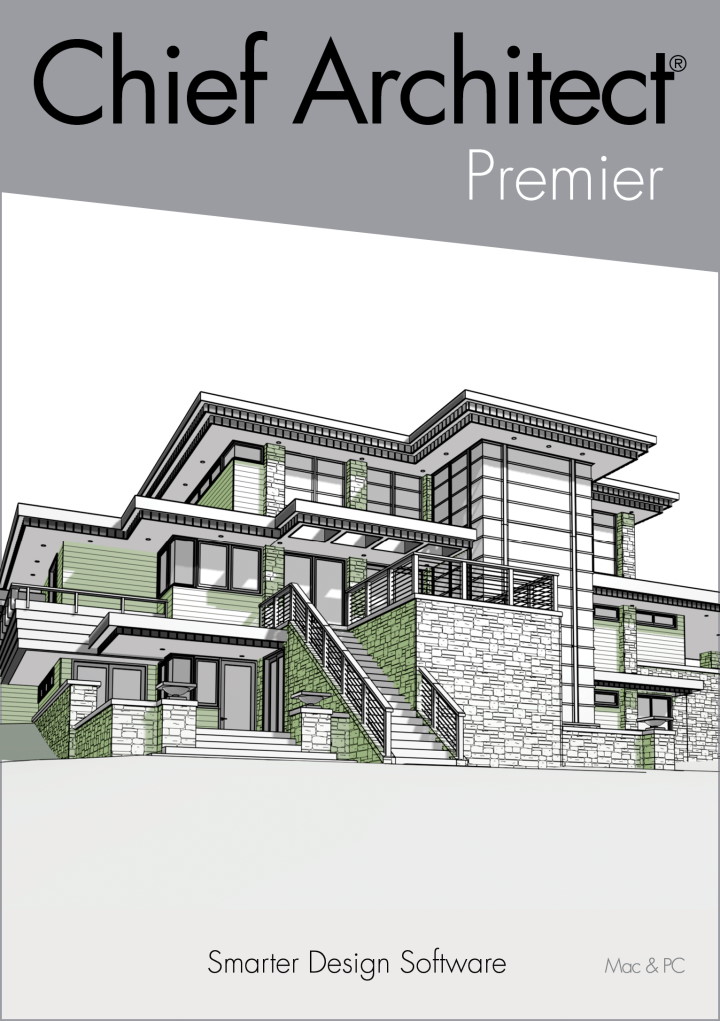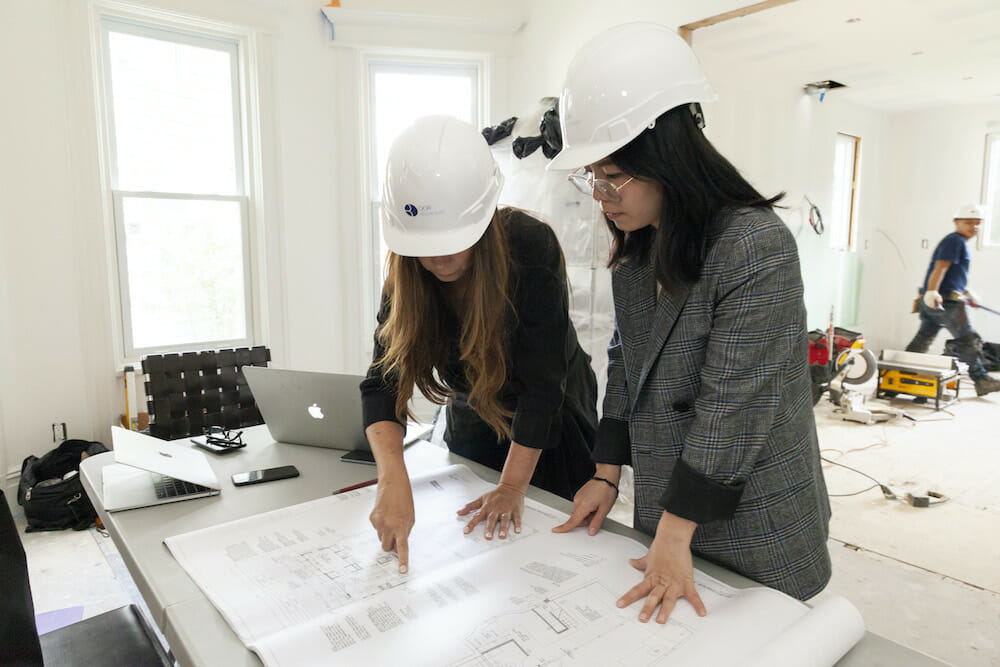Recognizing the Diverse Occupation Paths Available for Aspiring Architect
As a hopeful Architect, you have a globe of profession courses awaiting you. Each course offers one-of-a-kind challenges and possibilities to apply your creative thinking and technological knowledge. Whether you're attracted to conventional design or the subtleties of sustainable style, there's a niche that straightens with your interests. Recognizing these diverse options can form your specialist journey, but which instructions will you pick to check out initially?
Traditional Design: Designing Structures and buildings
Typical architecture focuses on developing structures and frameworks that blend functionality with visual charm. Your designs can reflect social heritage, showcasing neighborhood practices while meeting modern-day demands.
You'll develop skills in composing, model-making, and website evaluation, enabling you to visualize and communicate your ideas successfully. Engaging with customers, you'll require to recognize their vision and convert it right into possible styles.
Additionally, constructing codes and sustainability techniques are essential in your work, ensuring your frameworks are safe and eco-friendly. As you expand in your career, you'll find possibilities in residential, business, or even reconstruction projects, each offering special obstacles. Welcoming typical architecture leads the way for a fulfilling occupation that admires the past while forming the future.
Urban Planning: Shaping Areas and Public Spaces
As a hopeful Architect, you can play a crucial role as an urban coordinator, transforming just how areas work and engage. By using community engagement methods, you'll assure that locals have a voice in forming their setting. And also, incorporating lasting design principles will certainly assist create rooms that not just fulfill today's needs however additionally shield the future.
Function of Urban Planners
While numerous might assume of engineers as the sole visionaries behind structures, metropolitan coordinators play an important function in shaping the wider landscape of neighborhoods and public areas. By collaborating with various stakeholders, you'll assist create parks, transportation systems, and domestic locations that advertise social interaction and accessibility. Your know-how in spatial design and area dynamics allows you to imagine future development while preserving social heritage.
Community Involvement Methods
Reliable area interaction methods are important for metropolitan organizers to assure that the voices of homeowners are heard and valued in the preparation process. To foster significant discussion, you ought to prioritize open discussion forums and workshops where community participants can express their concepts and worries. By proactively including and listening responses, you'll develop spaces that mirror the community's needs, eventually leading to more sustainable and effective city atmospheres.
Sustainable Style Principles
When creating city rooms, incorporating lasting layout principles is vital for developing environments that grow both environmentally and socially. You should start by focusing on energy effectiveness, making use of products that decrease waste and advertise recycling. Consider integrating green spaces, like parks and gardens, to enhance biodiversity and enhance air top quality. Promoting walkability and public transport can reduce reliance on automobiles, cultivating a healthier community.
Creating with water preservation in mind is likewise key-- consider rain yards and absorptive surfaces to take care of stormwater. Including community members during the planning process warranties that the areas you create meet their needs and urge social interaction. By welcoming these principles, you'll add to vivid, sustainable metropolitan landscapes that profit everybody.

Landscape Design: Developing Sustainable Exterior Atmospheres
As you explore landscape design, you'll find important style concepts that develop gorgeous and useful outdoor spaces. Lasting techniques play a vital duty in guaranteeing these atmospheres thrive while minimizing environmental influence. And also, you'll locate a variety of profession chances that permit you to make a genuine distinction in just how individuals engage with nature.
Design Principles in Landscape
Understanding layout concepts in landscape design is crucial for creating sustainable outside settings that integrate with nature. You'll need to contemplate elements like proportion, scale, and balance to assure your designs feel cohesive and welcoming. In addition, pay attention to seasonal modifications, making with materials that match the environments year-round.
Sustainable Practices Review
Lasting techniques in landscape design not just focus on looks yet likewise focus on environmental health and resource preservation. By incorporating indigenous plants, you improve biodiversity and lower the need for chemical fertilizers and pesticides. Carrying out efficient irrigation systems helps conserve water and lessens runoff, protecting nearby ecosystems. You can make spaces that advertise dirt health and wellness, such as utilizing natural products and practicing permaculture concepts. Additionally, including green facilities, like rain yards and permeable sidewalks, aids in stormwater administration and minimizes city heat. You add to a healthier world and provide spaces that foster neighborhood connection when you develop outdoor atmospheres with sustainability in mind. Eventually, these techniques guarantee your designs benefit both individuals and the setting for years to come.
Profession Opportunities Exploration
With a strong structure in sustainable methods, landscape architecture uses a range of occupation paths that enable you to make a meaningful influence on the setting. Urban organizers often team up with landscape engineers to produce environment-friendly areas in urban setups, improving city livability. If you're passionate concerning education and learning, consider ending up being a landscape architecture educator, motivating future generations.
Lasting Design: Focusing on Eco-Friendly Practices
As you explore your occupation in architecture, accepting green methods can set you apart in an affordable field. Lasting design concentrates on creating buildings that minimize environmental influence while improving owner wellness. By integrating sustainable materials, energy-efficient systems, and sustainable structure methods, you'll add to a greener future.
Start by getting knowledge of eco-friendly certifications like LEED or BREEAM, which can strengthen your credentials. Take into consideration exactly how all-natural light, ventilation, and thermal performance can enhance design. Collaborate with designers and environmental experts to introduce remedies that minimize waste and conserve sources.
Do not neglect the relevance of community participation-- engaging local stakeholders can inspire layouts that harmonize with the atmosphere. other As customers increasingly focus on sustainability, your know-how in green techniques will certainly not just attract tasks yet also satisfy your interest for accountable style. Welcome this essential facet of the career, and view your career flourish.
Historical Preservation: Securing and Recovering Social Heritage
While you start on your architectural trip, think about the important duty of historic preservation in maintaining our social heritage. This field concentrates on the defense and remediation of considerable structures, websites, and frameworks that tell the tales of our past. By engaging in historical conservation, you'll aid guard the building tradition that shapes neighborhood identity.
As a historical conservation Architect, you'll assess historical significance and evaluate the problem of frameworks. You'll function closely with historians and preservationists to assure authentic repair techniques are employed. This profession course allows you to mix imagination with research study, enabling you to create services that respect original materials and workmanship.
Your job not just adds to sustainability by reusing existing structures yet likewise promotes a feeling of satisfaction within communities. Accepting this course will aid you end up being a guardian of background, maintaining Visit Website the tales and appearances that enrich our lives.
Interior Architecture: Enhancing Indoor Spaces
Historical conservation and indoor architecture both share a dedication to boosting the built environment, however they concentrate on different elements. While historical preservation emphasizes preserving a structure's cultural and historic value, indoor architecture absolutely nos in on optimizing interior spaces for functionality and aesthetic appeals.
As a hopeful Architect, you'll discover that indoor style permits you to mix creative thinking with technological skills. You'll design areas that not only look good yet additionally advertise comfort and performance. This area entails recognizing how light, color, and materials communicate within a room, impacting state of mind and functionality.
You'll service numerous projects, from household homes to industrial offices, ensuring that each setting meets the needs of its owners. By prioritizing customer experience, try this website you can transform insides into practical and inspiring areas, making a significant impact on exactly how people connect with their surroundings. Welcome the possibility to boost indoor atmospheres and form the way people live and work.
Industrial Design: Combining Capability With Looks
Industrial layout plays an important role in developing products that perfectly blend looks with performance, guaranteeing that what you utilize everyday is not just visually enticing however also sensible. As an aspiring Architect, you might involve on your own in this field, focusing on creating whatever from furnishings to consumer electronics. Your work involves understanding customer demands, materials, and manufacturing processes, permitting you to produce innovative services that enhance everyday experiences.
In commercial layout, you'll often collaborate with designers, makers, and online marketers, making certain that your layouts are not only beautiful yet additionally viable. This job course uses a dynamic atmosphere where creativity meets usefulness, making it a fulfilling choice for designers interested in forming the items of tomorrow.
Frequently Asked Concerns
What Educational Certifications Do I Need to Become a Designer?
To become a designer, you'll need a specialist level in architecture, commonly a Bachelor's or Master's. Additionally, you'll need to complete an internship and pass the Architect Registration Examination to exercise legitimately.
Exist Qualification Needs for Various Architectural Profession Paths?
Yes, there're certification demands for numerous architectural courses. Architect. You'll require to pass tests, complete teaching fellowships, and in some cases go after specialized training, depending on your selected focus, like landscape design, urban layout, or historical conservation
What Software Program Skills Are Important for Engineers Today?

How Can I Gain Practical Experience While Examining Design?
You can obtain sensible experience by interning at building companies, taking part in layout competitors, volunteering for area tasks, or working together with classmates on real-world tasks. These chances boost your abilities and construct useful links in the market.
What Work Opportunities Exist Outside Typical Style Firms?
You can check out numerous task chances outside typical design firms, like metropolitan preparation, indoor design, landscape architecture, building and construction administration, real estate advancement, or also functions in sustainability consulting. Each deals distinct difficulties and benefits.
Whether you're attracted to traditional design or the nuances of sustainable style, there's a particular niche that straightens with your passions.When making urban spaces, integrating sustainable style concepts is crucial for producing settings that grow both ecologically and socially.As you check out landscape design, you'll find crucial design principles that create practical and lovely outside spaces.Recognizing layout principles in landscape architecture is necessary for producing lasting exterior settings that integrate with nature.In commercial layout, you'll usually team up with engineers, manufacturers, and marketers, guaranteeing that your designs are not just lovely however also feasible.